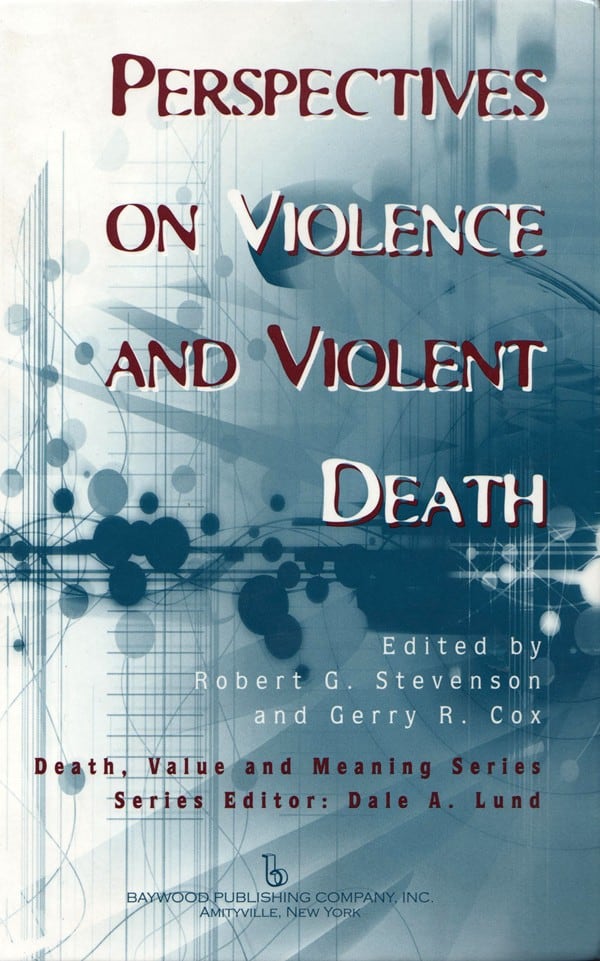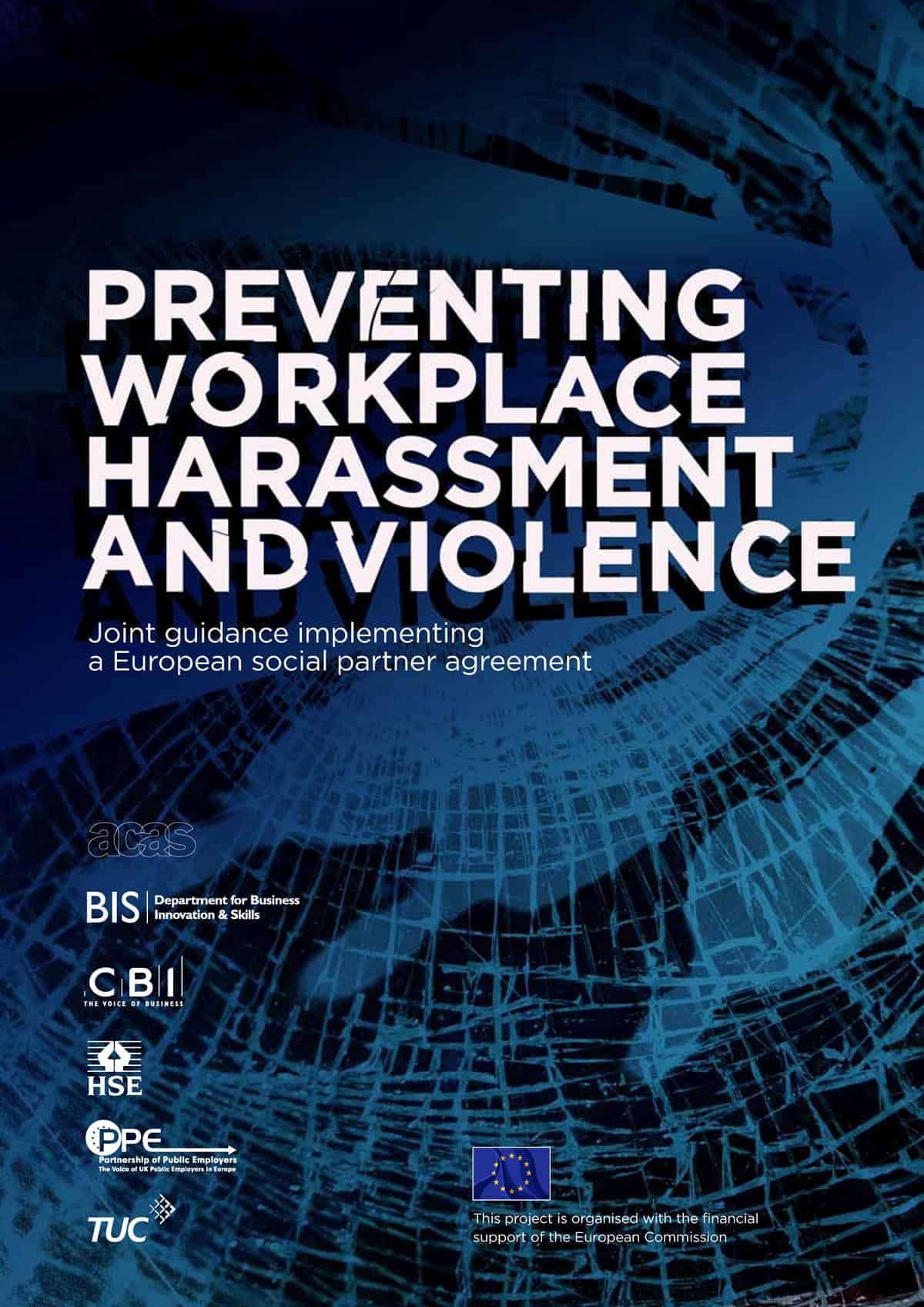“A new evidence review* suggests that giving employees more flexibility over their work schedules is likely to boost their health as judged by measures like blood pressure and stress. But interventions that are motivated or dictated by the needs of the employer, such as cutting hours, either have no effect on employee health or make it worse.
“Control at work is good for health,” said review co-author Clare Bambra, a researcher at Durham University, in England. “Given the absence of ill health effects associated with employee-controlled flexibility and the evidence of some positive improvements in some health outcomes,” Bambra said, more flexibility in work schedules “has the potential to promote healthier workplaces and improve work practices.”
The above quote indicates that new evidence may help all of us in assessing the benefits or otherwise of allowing employees to telework, or of readjusting work practices to improve health and safety at work.
BUT
an article issued in support of the research clearly identifies the risks of drawing almost any firm conclusions from the evidence other than that more research is required: Continue reading “Promising work flexibility and health research doesn’t go anywhere”


